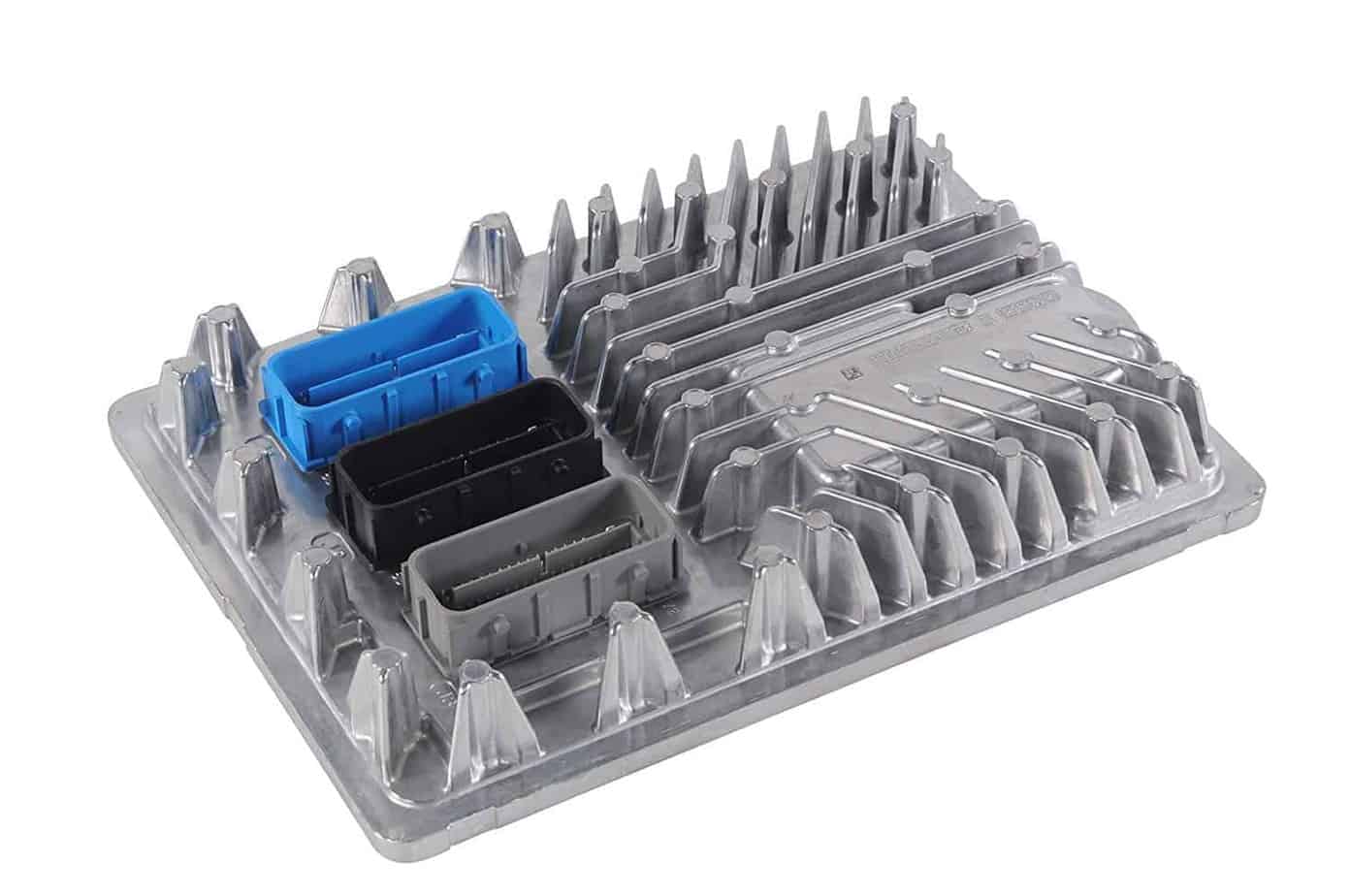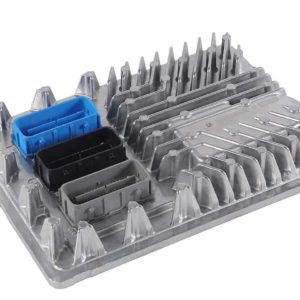Is Your Tahoe Running Rough, Stalling, or Showing a Check Engine Light?
If you’re dealing with frustrating engine problems in your 2017 Tahoe, a failing Engine Control Module (ECM) is often the culprit. As the central computer for your engine, its health is critical for everything from fuel mixture and ignition timing to transmission shifting. When it starts to fail, you might experience a range of confusing symptoms: intermittent stalling, poor fuel economy, a persistent check engine light with communication codes (like U-codes), or even a complete no-start situation. Don’t let a faulty computer keep your truck off the road.
The Direct Solution: A VIN-Programmed ECM
This isn’t just a replacement part; it’s a complete, ready-to-install solution. We take a genuine GM ECM and professionally program it with the latest, most stable software updates from General Motors, specifically matched to your vehicle’s unique VIN. This critical step ensures all factory settings and calibrations are perfectly aligned with your Tahoe’s specific options and systems. This process eliminates the need for an expensive trip to the dealership for programming, saving you significant time and money.
“A customer’s 2017 Tahoe came in last week with a check engine light and what they described as ‘erratic shifting.’ They had already replaced two transmission solenoids at another shop with no success. My scan tool showed a U0100 ‘Lost Communication with ECM’ code. After verifying the wiring was intact, we knew the issue was internal to the module. Swapping in a VIN-programmed ECM like this one not only cleared the code but instantly resolved the shifting issue, as the Transmission Control Module was finally getting the correct data. It’s a classic case where the problem’s source isn’t where the symptom appears.”
Common Symptoms of a Failing 2017 Tahoe Engine Control Module:
- ✔ Persistent or flashing Check Engine Light (CEL)
- ✔ Vehicle will not start or cranks without firing
- ✔ Poor or erratic engine performance and hesitation
- ✔ Decreased fuel efficiency
- ✔ Communication error codes (U-series codes)
- ✔ Failure to pass emissions testing
Installation and Post-Install Procedures
Installing your new ECM is straightforward. However, it is crucial to understand that modern GM vehicles have sophisticated anti-theft systems integrated with the ECM. This is not a defect; it’s a security feature.
- Safety First: Disconnect the negative terminal from your vehicle’s battery.
- Locate the ECM: On the 2017 Tahoe, the ECM is typically found in the left-hand (driver’s side) front of the engine compartment.
- Disconnect Connectors: Carefully release the locking tabs and unplug the wiring harnesses from the old module. Inspect the connectors for any corrosion or damage and clean them if necessary.
- Swap the Module: Unbolt the old ECM and mount the new one in its place.
- Reconnect Everything: Securely plug the wiring harnesses into the new ECM and reconnect the negative battery terminal.
- Vehicle Theft Relearn (Required): After installation, you will likely need to perform a Vehicle Theft Deterrent (VTD) relearn procedure. This synchronizes the new ECM with your vehicle’s security system. This procedure requires a GM-specific scan tool or software like Tis2web/Techline Connect. This is the responsibility of the installer.
- Additional Relearns: Depending on your vehicle, other procedures like a Crankshaft Variation Relearn or injector flow rate programming may also be necessary for optimal performance.
Guaranteed Fitment and Compatibility
This ECM is a direct replacement for several part numbers, ensuring wide compatibility across the GM family. It fits the following vehicles and part numbers:
- Interchangeable Part Numbers: 12692068, 12704476, 12686382, 12674052, 12674472, 12678815
- Compatible Models Include: 2017 Cadillac Escalade/ESV, 2017 Chevrolet Tahoe/Suburban, 2016-2018 Chevrolet Silverado 1500, 2017 GMC Yukon/Yukon XL, 2016-2018 GMC Sierra 1500, and select Cadillac ATS, CTS, XTS and Corvette models (please verify your part number and specific options).
To ensure a perfect match, simply provide your vehicle’s 17-digit VIN during checkout. We’ll handle the programming, so you receive a part that’s ready for installation and final relearn procedures.


